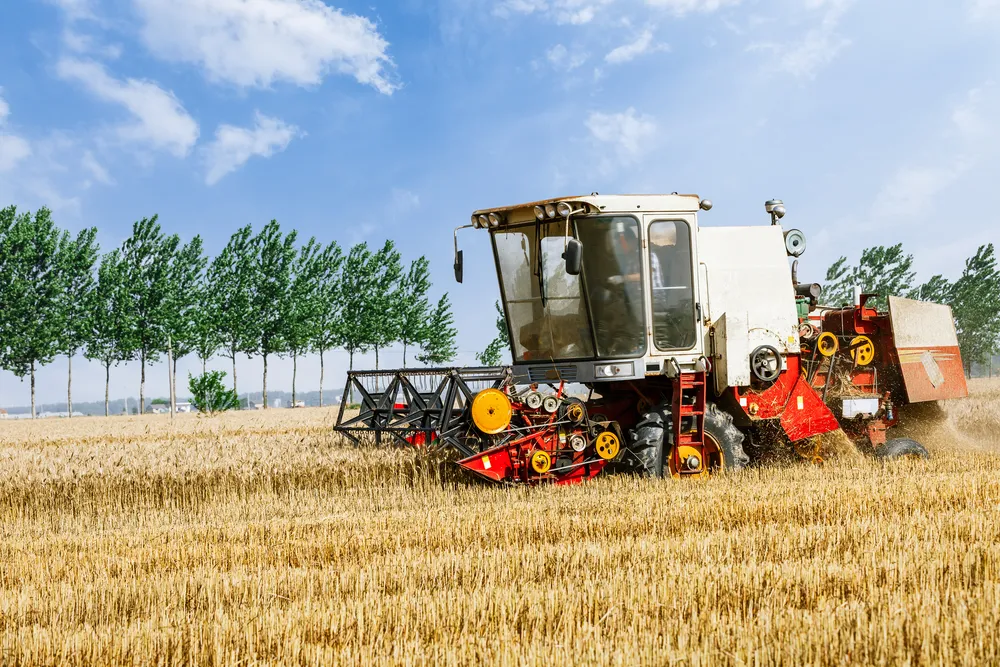Given rising concerns about global food security, mechanization in agriculture (农业) is indispensable for stabilizing yields and ensuring timely harvests. Bearings (轴承) are integrated throughout tractors and implements; their reliability directly affects planting windows, harvest schedules, and overall supply-chain resilience.
Equipment Diversity — Regional Needs
Farm equipment varies by climate, crop, and scale: compact tractors and mounted tools for smallholders, high-horsepower tractors and combine harvesters for large commercial farms. Bearing selection must reflect these differences — sealing for dusty plains, corrosion resistance for saline soils, and heavy-duty rolling elements for high-tonnage implements.
Tractors — Core Machinery
Tractors perform tillage, seeding, fertilizing, and PTO-driven tasks. Bearings in engines, gearboxes, PTO shafts and wheel hubs face distinct load spectra and contamination risks; correct material choice, fit tolerances, and lubrication strategies are essential to preserve performance across diverse tasks.
Bearing Roles — Critical Locations
In powertrains, bearings maintain concentric rotation of crankshafts and camshafts under thermal and mechanical stress. Transmission and PTO bearings transmit torque to implements. Wheel hub bearings carry static vehicle weight and dynamic impacts, while pivot and joint bearings enable implement articulation with minimal wear.
Operating Conditions — Mud, Load, Shock
Agricultural duty cycles combine heavy static loads, intermittent high shocks from stones or stubble, pervasive dust and mud, and exposure to agrochemicals. Bearings must resist contaminant ingress, sustain lubrication films under cyclic loading, and tolerate thermal swings across seasons without premature fatigue.
Reliability & Cost — Farmer Expectations
Operators demand components that minimize downtime during critical windows while offering competitive total cost of ownership. Achieving this balance requires bearings engineered for predictable life, easy maintainability, and service intervals that align with farm schedules and maintenance capabilities.
Materials & Heat Treatment — Durability Tech
Durable bearings rely on tailored metallurgy and heat treatment: case carburizing, deep hardening, controlled tempering, and nitriding improve fatigue strength and wear resistance. Proper steel grades and microstructure control prevent plastic deformation under sustained heavy loads common in agricultural use.
Sealing & Lubrication — Contamination Control
Effective seals (labyrinths, low-friction lips) and mission-specific lubricants (water-resistant lithium or polyurea greases with anti-wear additives) are vital. Choices between sealed-for-life and relubricatable designs depend on maintenance regimes and contamination risk in the operating environment.
Conclusion — Agricultural Productivity
Bearing technology is a quiet but essential contributor to modern agriculture. Through material innovation, robust sealing, and application-driven design, bearings enable tractors and implements to operate reliably under the harshest conditions, supporting food production and farm sustainability worldwide.
- Type of Bearing: Double-row tapered roller bearings,flanged bearing
Double-row angular-contact ball bearing
